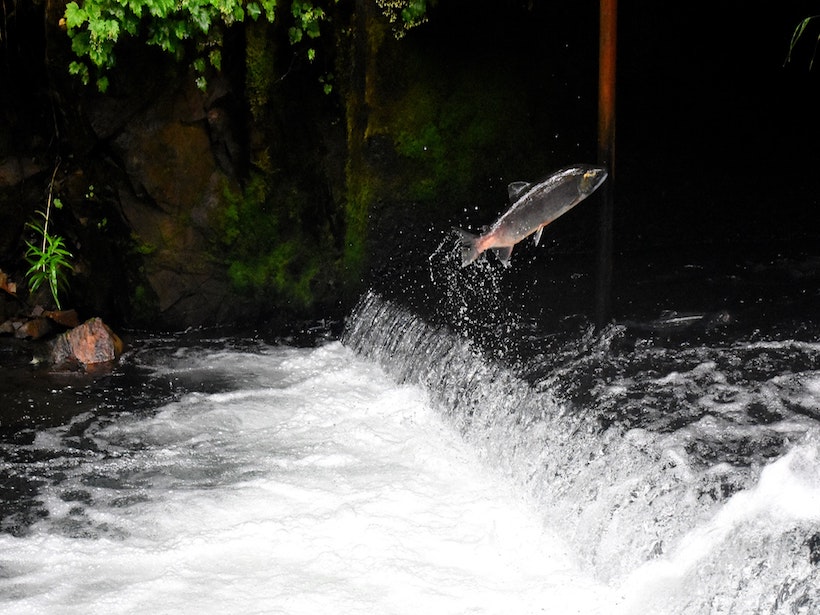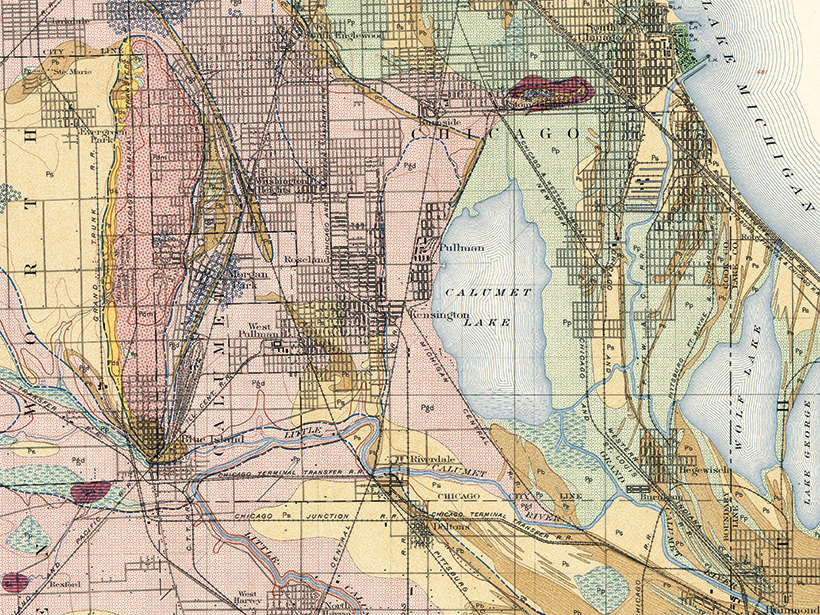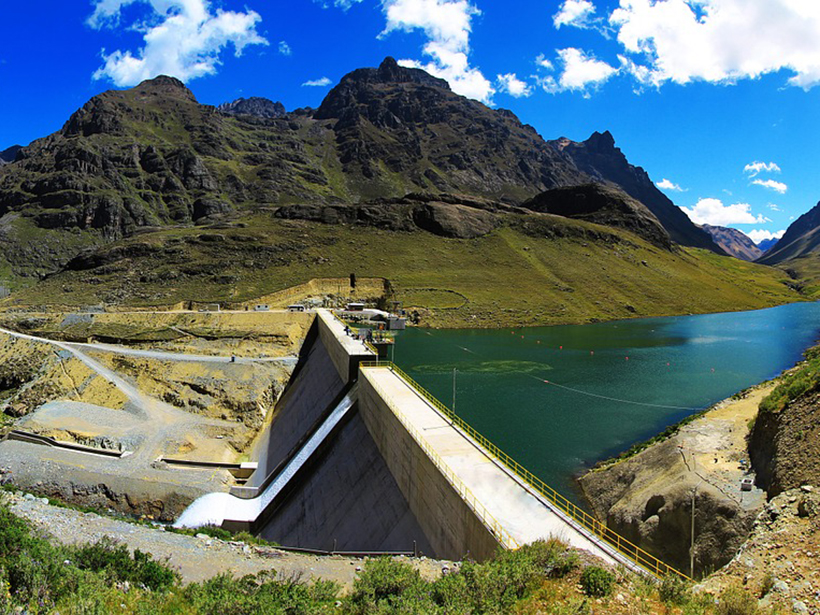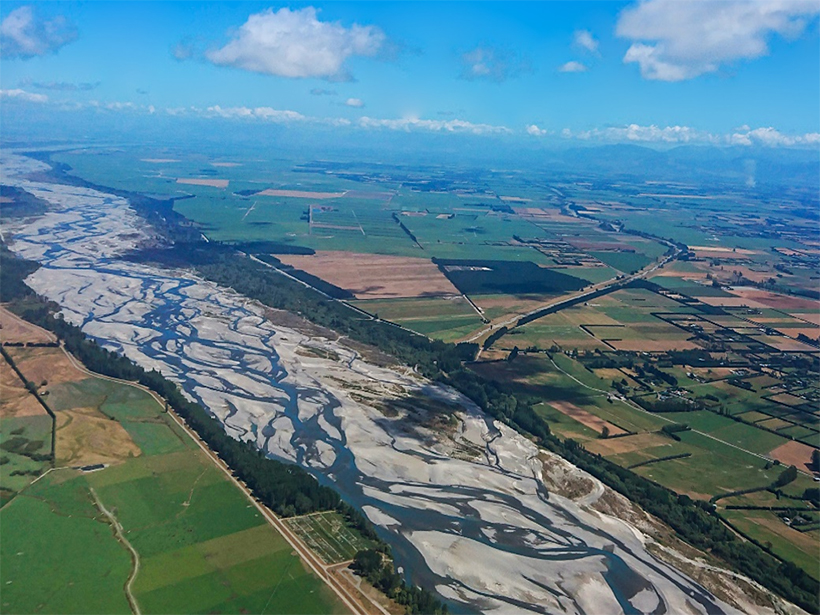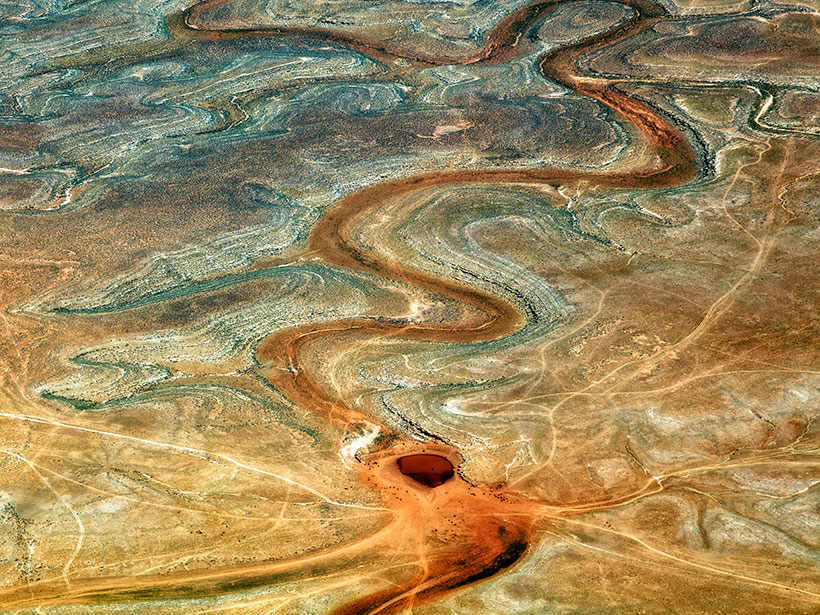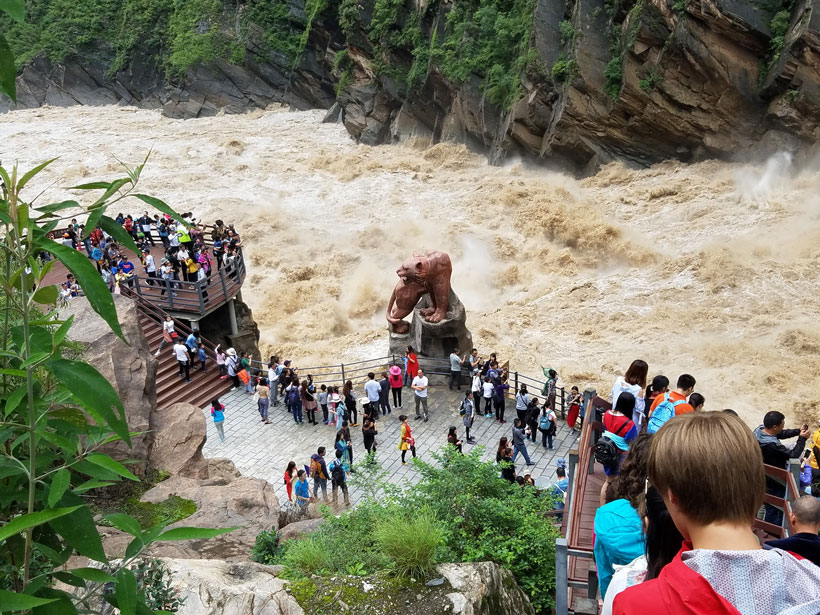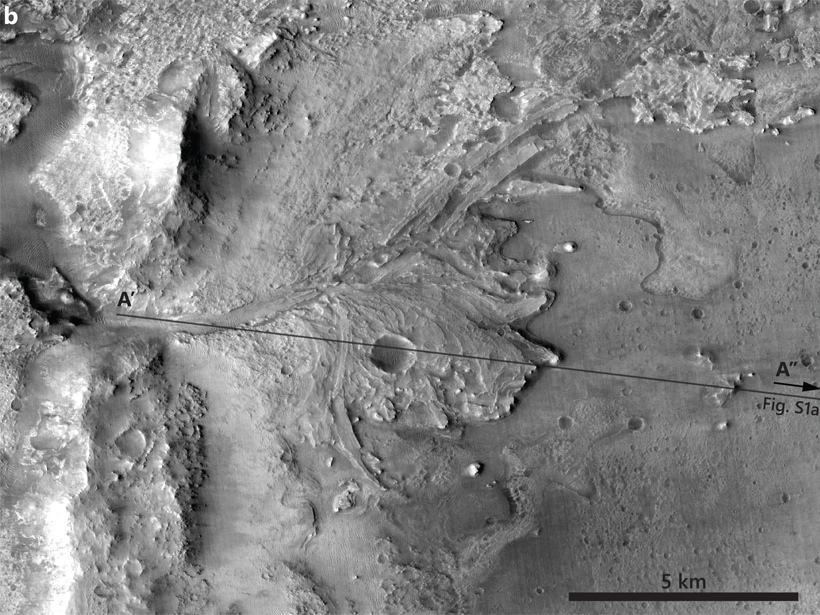River basins are dynamic environments that are always changing and reorganizing under geologic forces. New research investigates how this shape shifting influences aquatic speciation and extinction.
rivers
Records and Risks of Legacy Phosphorus in Streams
A new study quantifies persistent phosphorus in a drainage basin in Sweden and points out risks and oversights to factor in to future stream management.
Chicago Wetlands Shrank by 40% During the 20th Century
A team of graduate students measured wetland and biodiversity changes during the 100 years following the reversal of the Chicago River.
Dams Alter Nutrient Flows to Coasts
New models indicate how dams worldwide influence the mix of nutrients in river water reaching the ocean. As more dams are built, changing nutrient loads may adversely affect coastal ecosystems.
The River’s Lizard Tail: Braiding Indigenous Knowledges with Geomorphology
Indigenous Knowledges can be accurate, rigorous, and precise, say researchers in New Zealand, and they can help geomorphologists see landscapes in a new, richer way.
A River Ran Through It
The history of river system in southeast Tibet and Indochina reconstructed using the ages of thousands of zircon sand grains in modern and ancient river sediments.
Frequently Dry Waterways Still Contribute to Carbon Emissions
A new international collaboration found that dry inland waters—no matter where they were located—contributed significant global carbon dioxide emissions.
Asia’s Mega Rivers: Common Source, Diverse Fates
How do humans affect the ways that Asia’s mega rivers deliver sediment and dissolved matter to farms, river deltas, and, eventually, the sea? A proposed study would construct an integrated picture.
How Fast Did an Ancient Martian Delta Form?
Terrestrial meander migration rates are used to estimate a formation timescale of decades for Jezero delta on Mars.
Mountain Streams Exhale More Than Their Share of CO2
Streams that flow down mountainsides are more turbulent than those that run along forest floors, which leads to faster gas exchange between water and air.

